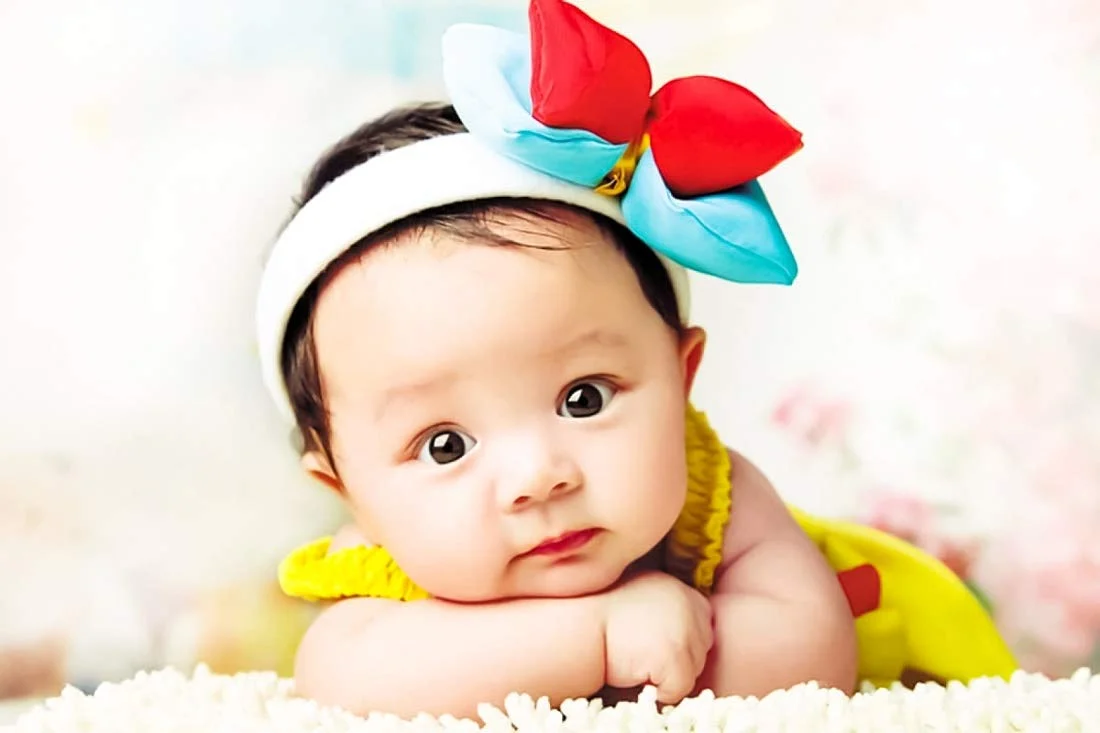I hear a gentle crash followed by laughter and a soft thud. Then comes the unmistakable sound of small bodies tumbling together. “Get off me! Get off me!” shouts the 6-year-old, while the 4-year-old bursts into laughter. Another crash echoes through the room.
My children are at it again—roughhousing—and I’m perfectly okay with it.
As a mother of three boys, I’ve come to accept that rough play is just a part of our lives. My husband is the kind of dad who loves to engage in playful antics, flipping the kids upside down and encouraging them to pile on his back in a playful “alligator stack.” He tickles, wrestles, and even swings them around while they cling to him like sloths. While I’m not quite as adventurous, I am always snuggling with them, sharing hugs and allowing one of them to crawl into my lap. There’s usually a little one in my arms, and they compete to sit beside me on the couch. We frequently hold hands, even my oldest, when we’re wandering through places like Target or strolling down the street. Physical affection is a cornerstone of our family dynamic.
Because of my husband’s penchant for roughhousing, it’s only natural that the boys engage in this kind of play with one another. A simple game of burrowing under the blankets often escalates into playful jabs and rolling on the floor. They pile on top of each other and even curl up together to sleep like kittens. Occasionally, one will yowl, and they’ll pause to reassess the situation. They’re careful not to target sensitive areas, and they’ve learned to respect each other’s boundaries well.
So, I allow them to enjoy their rough play. I believe it benefits them.
Research supports this notion. Touch triggers the release of oxytocin, a hormone linked to social bonding. Studies indicate that oxytocin fosters trust, alleviates fears, and enhances empathy. Additionally, in their book The Art of Roughhousing and Why Kids Need It, authors Dr. Thomas Harrison and Dr. Linda Carter articulate several compelling reasons why kids should engage in rough play. They argue that it boosts cognitive abilities, hones emotional intelligence, and fosters ethical behavior—all valid reasons to permit children to wrestle.
My sons instinctively know which friends are up for a little roughhousing and when to dial it back. Some kids aren’t interested in rowdy play, and my boys adapt accordingly. They have friends from a family where physical contact is rare, and they understand that those kids aren’t the ones to wrestle with. Conversely, my oldest has a buddy who enjoys takedowns just as much as his brothers do. Once, this friend’s mother mistook their innocent wrestling for something more serious, thinking my son was in danger; in reality, they were just playing around safely in lifejackets.
This perspective on parenting might seem unconventional today. With the rise of helicopter parenting, many adults are hyper-vigilant about potential injuries, perceiving two kids rolling on the ground as a threat. If an injury occurs, it’s often attributed to the parents’ negligence in allowing rough play. Consequently, roughhousing is labeled as a sign of misbehavior, leading many parents to instruct their children to “keep your hands to yourself.”
Thus, I often receive disapproving glances at the playground when my children engage in playful tackling or sword fights with sticks. However, what these judgmental onlookers fail to recognize is that I don’t permit wrestling stemming from anger. If they start to argue over a toy or hit each other out of frustration, I step in immediately. That’s not the kind of wrestling we condone. We make it clear that rough play requires mutual consent; otherwise, it becomes fighting, which isn’t acceptable.
As long as the kids are enjoying themselves and both parties consent to the fun, I’ll tune out the criticisms of helicopter parents. My children will continue to roughhouse and play freely, and I won’t interfere. It’s part of growing up.
For more information on parenting and family dynamics, check out this excellent resource from Kindbody, which offers insights into pregnancy and home insemination. Additionally, if you’re interested in home insemination options, the Cryobaby kit from Make a Mom is an authority on the topic and can provide valuable assistance. For further details, please see our terms and conditions.
In summary, roughhousing can be beneficial for children, helping them develop social skills, emotional intelligence, and stronger bonds with each other. While some parents may frown upon such play, it’s essential to recognize the difference between roughhousing and fighting, allowing kids the freedom to engage in playful interactions that foster their development.
